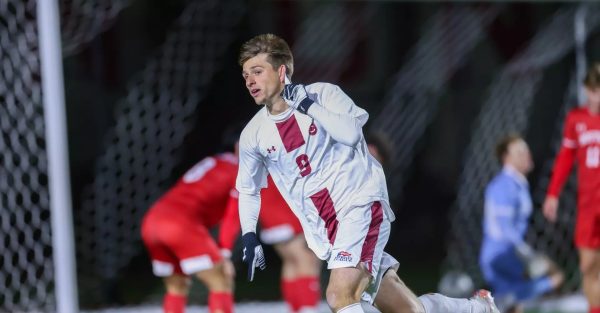NBA Conference Finals Matchups Show a Shift Away From Superteams
In the unimaginable year that has been 2020, let us all take a moment to go back to the previous decade — the 2010s. A.K.A the decade of the NBA superteam. The trend that changed the complexion of the league began even before the decade did with Ray Allen and Kevin Garnett linking up with Rajon Rondo and Paul Pierce in Boston to form a group that won a championship in 2008. Then came the “Not two, not three, not four… ” Miami Heat which boasted a trio of LeBron James, Dwayne Wade and Chris Bosh that won two championships and appeared in four finals between 2011 and 2014. Who beat them during that span? Try a San Antonio Spurs team with Tim Duncan, Tony Parker, Manu Ginobili and Kawhi Leonard. Though this team did not assemble primarily through free agency, they still were led by a starting five full of hall of famers. The latter half of the decade was dominated by the Golden State Warriors, who saw Kevin Durant come slithering their way in free agency to add to a roster that already had won a championship with the likes of Stephen Curry, Klay Thompson and Draymond Green. If you wanted to win a championship, you had to form a superteam. That was the model for success.
Yet, here we are in 2020, and three of the four teams remaining in these playoffs do not fit the superteam mold. Yes, the Los Angeles Lakers have two of the top few players in the league in LeBron James and Anthony Davis, but other than the Lakers, the remaining teams are not relying upon two or three superstars to carry them. The Denver Nuggets have Nikola Jokic and Jamaal Murray who are stars, but not superstars and are getting help all throughout the lineup. The Boston Celtics are extremely balanced and have a group of four or five players who spread the ball and put up points, with the likes of Jayson Tatum, Kemba Walker, Jaylon Brown, Marcus Smart and Gordon Hayward. And the Miami Heat are simply a well-coached unit led by Jimmy Butler, full of great supporting pieces who fill their respective roles.
What has caused this shift in the composition of NBA rosters? There is no clear answer, but one part of the reason certainly has to do with the fact that there is simply more skill and ability throughout NBA lineups than there has been in the past. Look at a guy like Marcus Smart on the Celtics. Early in his career, he was thought to be just a physical and scrappy defensive wing player whose main goal was to lock down the person he was guarding. While he still fills that role, the modern NBA has transformed him into someone who fires away from the three-point line with confidence and can put up big numbers. For the Miami Heat, players like Tyler Herro and Duncan Robinson can be as threatening behind the arc as anyone in the league. Instead of having to rely on two or three guys to do all the scoring and take all the big shots, NBA teams can spread their talent to create a well balanced lineup because more players can do more. Additionally, with the introduction of supermax deals that allow teams to pay their stars significantly more money so they can keep them from leaving in free agency, teams need to find scrappy veterans and ready-to-play rookies to surround their stars. Very young and serviceable players such as Herro and Robinson are perfect because they are on cheap rookie contracts, but can still step in and support star players. This has also impacted the way teams are being built, and may lead to more of a deviation from superteams moving forward.
Is the NBA superteam a thing of the past? Absolutely not. For all we know, another big three could be right around the corner in free agency and go on to win multiple NBA championships. Still, these playoffs have demonstrated that building a superteam is certainly not the only way to compete for a title.

Aaron Silverstein is a senior from Princeton, NJ concentrating in English with a creative writing emphasis and minoring in philosophy. He has previously...





